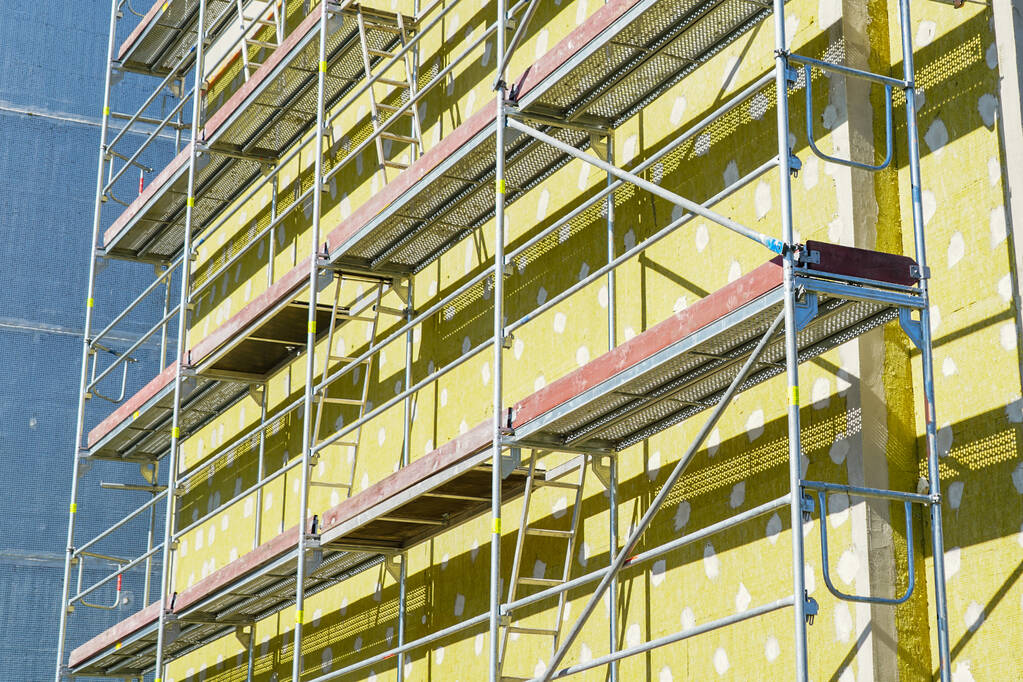Fiberglass is a widely used material in various industries due to its remarkable strength, versatility, and lightweight properties. Understanding how fiberglass parts are manufactured and what raw materials are used in the process is crucial to appreciating its significance in modern manufacturing. In this blog post, we will delve into the art of fiberglass manufacturing and provide insights into the raw materials that make it all possible.

How are Fiberglass Parts Manufactured?
Fiberglass manufacturing involves a meticulous process that combines science and craftsmanship to produce durable and resilient parts. Here’s a step-by-step breakdown of how fiberglass parts are manufactured:
Step 1: Preparing the Mold
The first step in fiberglass manufacturing is to create a mold of the desired shape and size of the final part. Molds can be made from various materials, such as wood, metal, or plastic, depending on the complexity and intended use of the part.
Step 2: Applying Gel Coat
A gel coat, typically made of polyester or epoxy resin, is applied to the mold’s surface. The gel coat serves as a protective layer and enhances the part’s appearance, providing a smooth and glossy finish.
Step 3: Reinforcement Placement
Next, fiberglass reinforcement materials, commonly in the form of woven or chopped strands, are precisely placed on the gel coat. These reinforcements are usually made of glass fibers, which lend fiberglass its exceptional strength and rigidity.
Step 4: Resin Infusion
Once the reinforcement is in place, a liquid resin, often polyester or epoxy, is poured or infused into the mold. The resin penetrates the fiberglass, bonding with the fibers and forming a strong composite material.
Step 5: Curing
The molded part is left to cure, allowing the resin to harden and solidify, creating a robust and durable fiberglass component.
Step 6: Demolding and Finishing
After curing, the fiberglass part is carefully removed from the mold. Trimming, sanding, and finishing touches are then applied to achieve the desired dimensions and surface quality.
What are the Raw Materials of Fiberglass?
Fiberglass is primarily composed of the following raw materials:
Glass Fibers: These are the fundamental building blocks of fiberglass. Glass fibers are thin, flexible strands made from molten glass that is extruded and drawn into fine filaments. They provide the exceptional strength and structural integrity that makes fiberglass highly desirable.
Resins: Fiberglass parts are bound together by resins, which act as the matrix that holds the glass fibers in place. The two most common types of resins used are polyester and epoxy resins. Polyester resins are economical and widely used for various applications, while epoxy resins offer superior strength and are preferred in more demanding industries.
What is the Main Ingredient of Fiberglass?
The main ingredient of fiberglass is, undoubtedly, glass fibers. These fibers, comprising of silica (silicon dioxide) and other trace elements, are the core components that give fiberglass its unique mechanical properties.

Where Does Fiberglass Fiber Come From?
Glass fibers are produced through a process called fiberization. In this process, raw materials like silica sand, limestone, and soda ash are melted at high temperatures (around 2700°F or 1480°C) to form molten glass. The molten glass is then forced through tiny openings in a platinum alloy bushing, forming long, continuous strands of glass fibers. These fibers are then collected and wound onto spools or chopped into shorter lengths for use in various fiberglass manufacturing processes.
Fiberglass manufacturing is a fascinating and intricate process that relies on the combination of glass fibers and resins to create strong, lightweight, and versatile components. As we’ve explored in this blog post, the art of fiberglass manufacturing involves precision, skill, and quality materials to produce the resilient products that have become indispensable in numerous industries today. Understanding the raw materials and manufacturing process of fiberglass allows us to appreciate its significance and explore its diverse applications across various sectors.
Learn more at Wiki as well.

